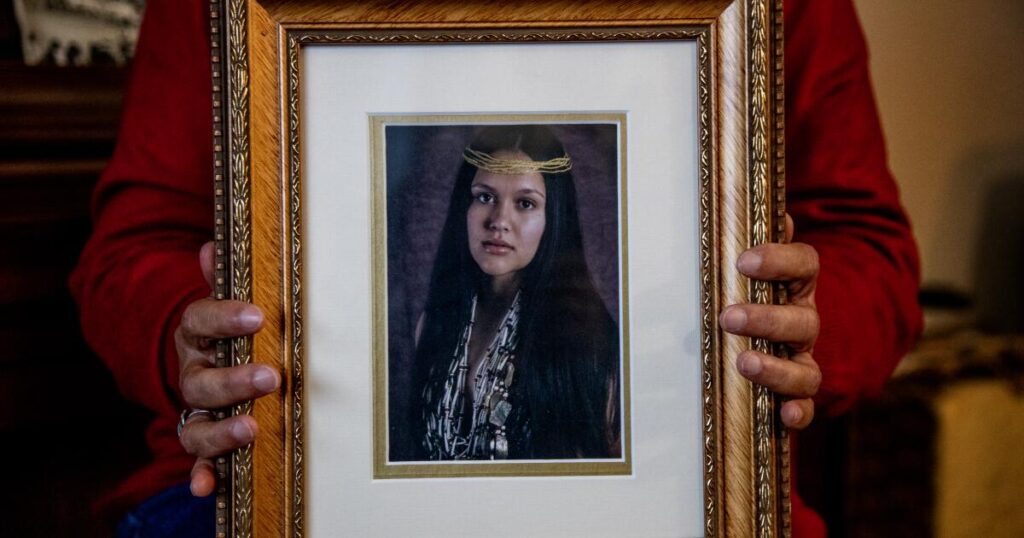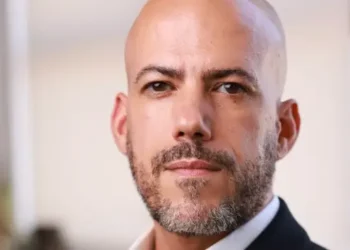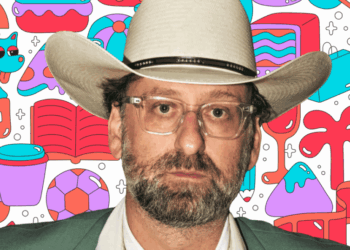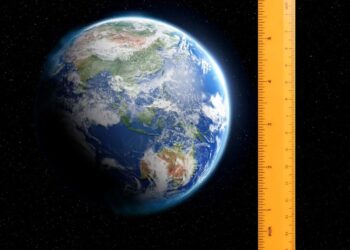In recent weeks, survivors of Jeffrey Epstein’s abuse have gotten some of the spotlight they have long been denied. Perhaps talk of them even came up during your Thanksgiving holiday.
For most of us, conversations like these serve as a sort of moral palate cleanser. Once we’ve met our empathy quota, we feel free to drift back into the soft glow of loved ones, NFL commentary and tryptophan, feeling proud we’ve exercised some moral clarity for the day.
But caring about survivors means caring about exploitation, not just the victims of the most high-profile predator.
The very same forces that failed Epstein’s victims continue to fail thousands of others.
Here’s one example that probably didn’t come up over pumpkin pie: According to federal and tribal data, about 5,700 Native American girls are reported missing every year. (To put it in perspective, one of Epstein’s victims estimated she was “one story of a thousand,” but most estimates say “dozens.” Whichever number you pick, the story is tragic.)
The disappearances of Native American women — many of whom are presumed murdered, raped or trafficked — receive only a modicum of media attention, barely registering in public consciousness.
Yet the crisis is so widespread that it has its own acronym — MMIP, “Missing or Murdered Indigenous Persons.”
Last November, Rep. Mike Simpson (R-Idaho), who heads the House Interior and Environment Subcommittee on Appropriations, wrote an op-ed pointing out that “40 percent of all victims of sex trafficking are identified as American Indian and Alaska Native women.” Forty percent. For context: Just 2.9% of people in the U.S. identify as Native.
Simpson also noted that almost three-quarters of the Native American females who went missing in 2023 were children. Girls.
An Associated Press expose reported that at the end of 2017, Native women were almost doubly overrepresented in missing-person cases.
And even these eye-opening statistics likely understate reality, in part because Native women are often identified as Hispanic or categorized vaguely as “other” on official forms.
But why are Native American women disproportionately victimized? Several possible explanations conspire. Higher rates of crime certainly correlate with poverty and decades, if not centuries, of systemic abuse. But there are other, more bureaucratic, reasons.
For decades, tribes had no authority to prosecute non-Native people for acts committed on reservations. Meanwhile, jurisdictional overlap creates a sort of Bermuda Triangle: Is a crime the responsibility of tribal police, the Bureau of Indian Affairs, the county sheriff or the FBI?
One story illustrates the problematic nature of this gap of clear responsibility. Eugenia Charles-Newton, chair of the law and order committee of the Navajo Nation, says that when she was 17, she was taken to a shack where she was beaten and raped for a week. “Because I didn’t know where I was being kept — where the shed was located — they could never identify the jurisdiction,” she said. “And the man — who I knew — … I said his name — they never prosecuted him.”
Recent reforms have sought to address these problems.
The Not Invisible Act of 2019 (signed in 2020) established a commission focused on “identifying, reporting and responding to instances of missing and murdered Indigenous peoples (MMIP) cases and human trafficking.”
Savanna’s Act — named for a 22-year-old who was murdered in 2017 while eight months pregnant — was passed in 2020 and signed into law by President Trump, with the goal of standardizing protocols and improving data collection.
And grants distributed under the Violence Against Women Act last year sent more than $86 million into programs meant to help survivors of domestic violence, sexual assault, dating violence, stalking and trafficking.
These efforts are commendable, but the promise has outpaced the impact, inasmuch as the overall numbers haven’t budged: Roughly 5,700 Native women were reported missing in 2016. In 2023, the number was around 5,800.
It’s reasonable to blame the long tail of American history. But there’s a simpler explanation too — one that dovetails with the Epstein story and correlates with human nature: Predators pick vulnerable people they think no one will believe (or expend energy searching for or seeking justice for).
That’s where the stories diverge.
You don’t have to be a hardened cynic to suspect that one reason the Epstein case finally broke through is because some of the victims were young, blond white women — the ultimate embodiment of what Gwen Ifill once called “missing white woman syndrome.” (And keep in mind, Epstein’s victims still had to spend decades trying to get us to pay attention to them.)
Native American women are, tragically, still treated by many as disposable characters in the long national narrative.
So as we emerge from a holiday that commemorates a feast between English settlers and Native people and we dive headlong into Black Friday (also known as Native American Heritage Day), it’s worth pausing to consider one question.
If our national interest extends only — reluctantly — to certain kinds of survivors of a high-profile predator, how many other victims and predators remain invisible?
Matt K. Lewis is the author of “Filthy Rich Politicians” and “Too Dumb to Fail.”
The post Epstein victims deserve spotlight. So do 5,700 Native women and girls reported missing each year appeared first on Los Angeles Times.




